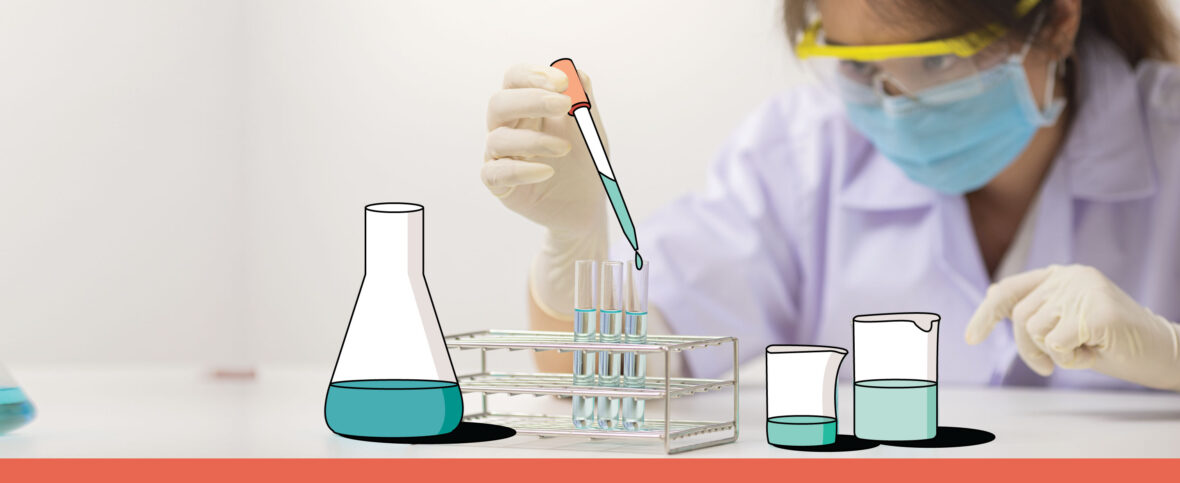See all > Covid-19

What is the COVID-19 vaccine?
There are a few common terms that are used when people talk about the COVID-19 vaccine. You may have heard:
1. Vaccine
Vaccines typically contain a part of a virus, bacteria, or disease-causing organism that’s either dead or weakened. Vaccines introduce germs to your system in a controlled way so that your body can learn to identify and destroy them.
2. Immunization
This is the process of making someone immune to a disease. People who get the COVID-19 vaccine are considered immunized.
A COVID-19 vaccine was recently approved in Canada. This vaccine is based on groundbreaking messenger RNA technology, or mRNA, which directs cells in the body to make proteins to fight or prevent disease.
There are over 150 different vaccines being considered for use in Canada, so it’s likely that more than one vaccine will be approved. Each manufacturer has a limit to the number of doses they can produce, so choosing more than one supplier prevents long wait times. Although the vaccines may be different, they’re all held to the same safety standards.
Some COVID-19 vaccines may contain a weakened or dead form of COVID-19 mixed with other ingredients, such as:
- Adjuvants, which boost your immune response when you get a vaccine. They encourage your body to produce a higher number of antibodies, helping your immunity last longer. Without adjuvants, you’d need to be injected with more of the virus to get the same level of response from your immune system. Aluminum salts is a common adjuvant example.
- Antibiotics, to prevent bacterial contamination during vaccine production.
- Formaldehyde, in tiny amounts, to kill the active virus.
- Egg or yeast proteins, glycerol serum, amino acids, or enzymes. These help stabilize the vaccine.
Is the COVID-19 vaccine safe?
Vaccinations have been used in Canada for over 50 years. Once you’re vaccinated, your body develops the antibodies needed to destroy COVID-19. Then if you’re exposed in everyday life, your immune system can eliminate the COVID-19 virus before it makes you sick or spreads to others.
Vaccines are safe. Normally, getting vaccinated does far less harm to your body than catching the illness you’re protecting yourself against.
There are two ways that disease-causing agents in vaccines are treated so that they won’t make you ill:
- Inactivation. This is when the germ is killed before it’s used in the vaccine. That stops it from being able to multiply, but still triggers your immune system to produce antibodies.
- Attenuation. Attenuated vaccines still contain live parts of the germ, but they’re significantly weakened.
Vaccines go through three phases of human trials:
Phase one
A small number of volunteers are vaccinated. Scientists watch for their immune response, and narrow down the right dosage.
Phase two
A larger group of people who are an accurate demographic representation of the community receive the vaccine next. It’s usually hundreds of people, and their immune response is monitored along with any disease outcomes. Some are given the vaccine while others are not, and comparisons between the groups can be made.
Phase three
Thousands of volunteers are vaccinated, while other volunteers are given a placebo vaccine like in phase two. This helps researchers understand the vaccine’s safety and efficacy compared to people who don’t take it.
These phases normally take around 10 years in Canada. Since the international medical community is focused on developing a COVID-19 vaccine, the process has moved much faster.
Side-effects
Some people do experience side-effects from getting vaccinated. They’re normally mild and easy to recover from, lasting from a few hours to a few days. Common side effects include:
- Soreness, swelling, and red, irritated skin near the site of the vaccine injection.
- Mild fever.
Rarely, people experience more serious side-effects from vaccinations, like:
- Fever of 40°C or more.
- An itchy rash at the site of injection.
10 people for every million vaccinated experience anaphylaxis, which includes:
- Facial swelling
- A sudden drop in blood pressure
- Abdominal pain
- Difficulty breathing
- Itchy rash
- Sneezing, coughing, or vomiting
How do I get the COVID-19 vaccine?
Everyone in Canada will be able to receive the COVID-19 vaccine free of charge. Each province has its own plan for how to distribute vaccines once they’re approved by the federal government. As more information about vaccines becomes available, you’ll be able to find local resources that will inform you where you can receive the vaccine.
The information presented here is for educational purposes and is not meant to replace the advice from your medical professional.
When using virtual care, all medical treatment is at the sole discretion of the provider. Virtual care is not meant for medical emergencies, and your provider will determine if your case is appropriate for virtual care. If you are experiencing an emergency like chest pain or difficulties breathing, for example, please call 911 or go to your nearest emergency room.
Trusted by millions of Canadians
Get started now

We're trusted by millions of Canadians
Join millions of Canadian families who enjoy 24/7 access to medical care within minutes.
Get started now4.6 score
5K+ Trustpilot reviews
Do you need medical care today?
Trusted, experienced doctors and nurse practitioners are ready to see you.
